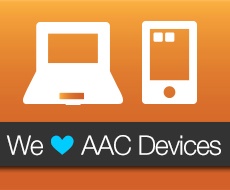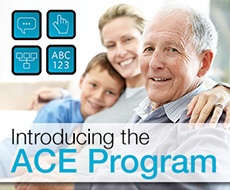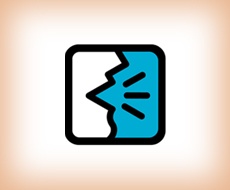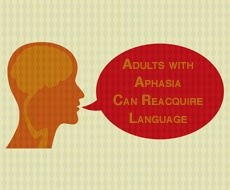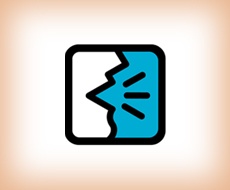Last week, former New Orleans Saints football player, Steve Gleason penned an op-ed inThe Washington Post about his journey with ALS. Gleason, who was diagnosed with Lou Gehrig’s disease in 2011, shares how he relies on a speech-generating device and other forms of technology to help him communicate, eat, breath, and interact with his family.
Augmentative and Alternative Communication (AAC) is a term used to describe any mode of communication other than speech.
No April Fools' joking here! Beginning today, with every complete order of a Lingraphica speech-generating device your clients will become part of the ACE Program. The program consists of three things: a free copy of the ACE Program Guidebook, educational webinars, and informative emails.
The speech-language community is buzzing with talk about a new term, “capped rental.” You may have heard from a colleague or peer that capped rental is going to impact Alternative and Augmentative Communication (AAC) devices. While this is true, we are here to help clarify what this change means for you and your clients.
Have you ever been forced to choose between working with a client on speech-therapy exercises or begin an evaluation for a speech-generating device (SGD)? For many speech-language pathologists (SLPs) insurance caps and a limited number of in-person sessions are making this scenario more common.
The brain is far more adaptable than science once believed. At Lingraphica, this has been the driving force behind decades of clinical research to improve language re-acquisition for adults with aphasia.



